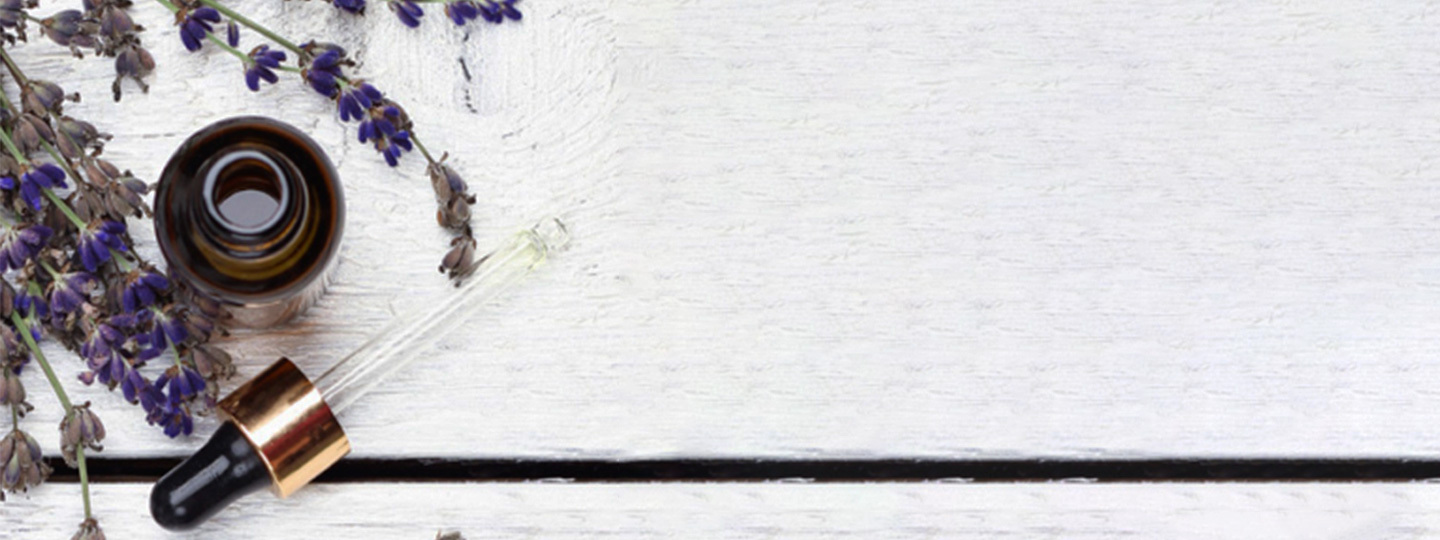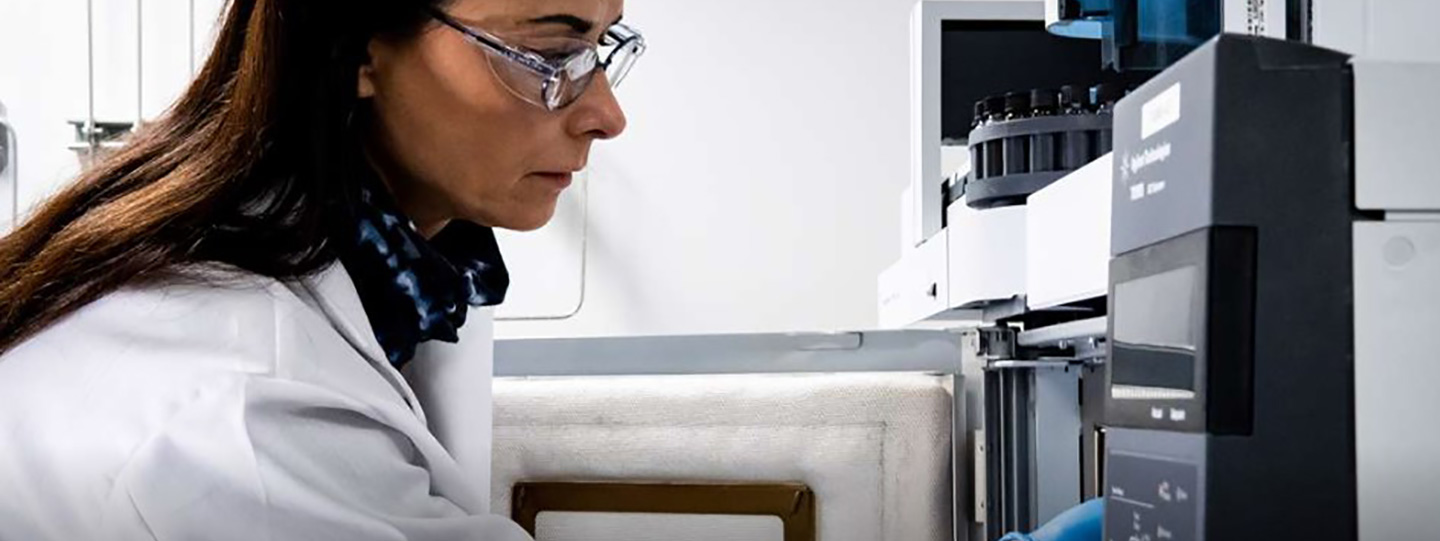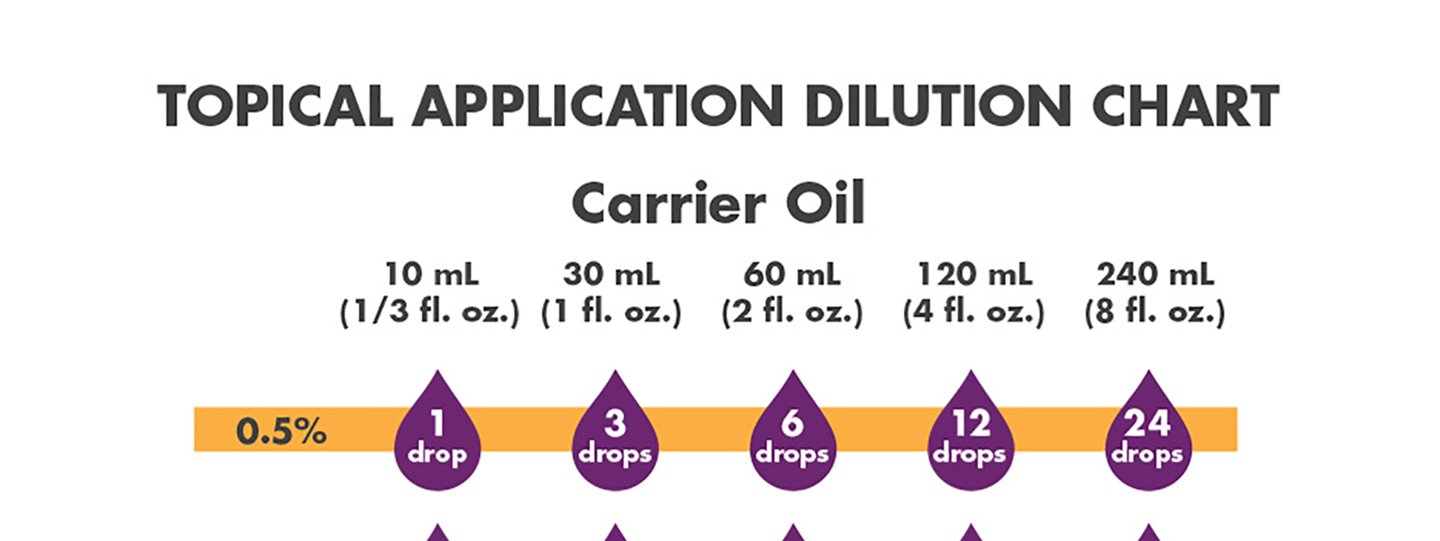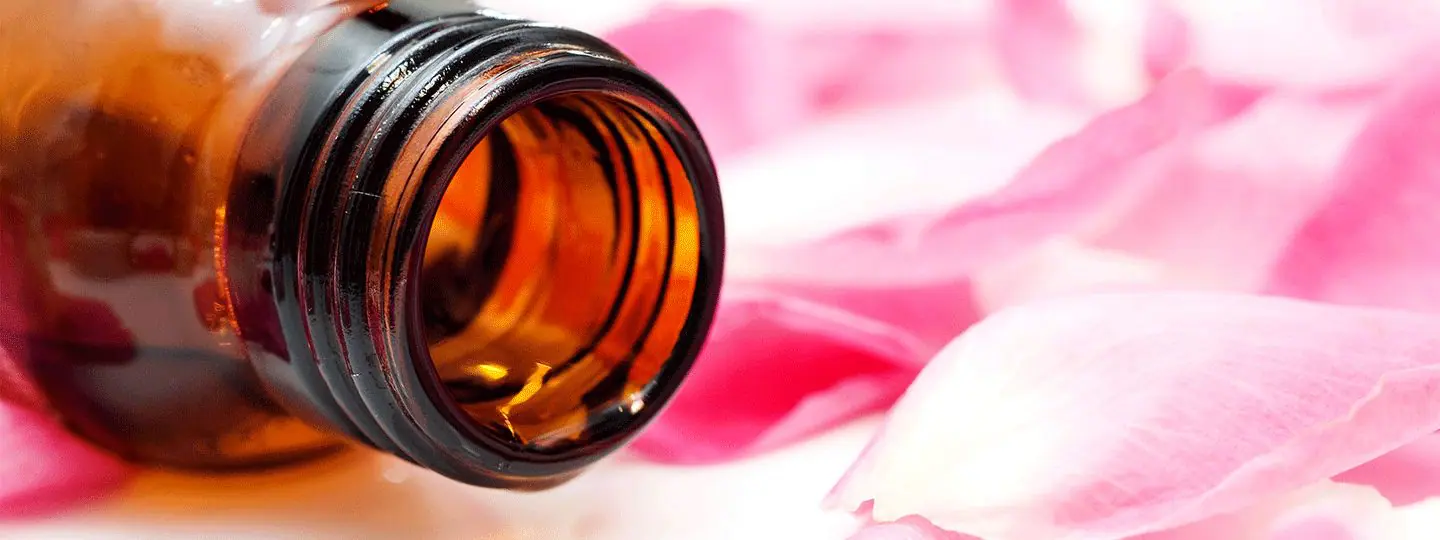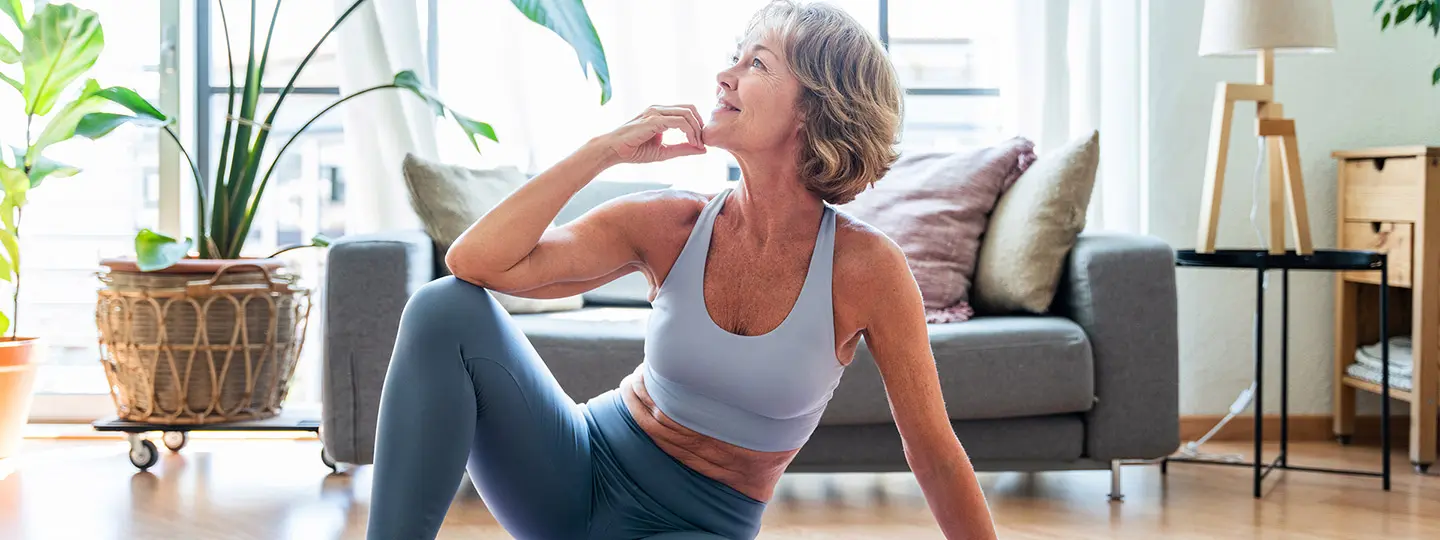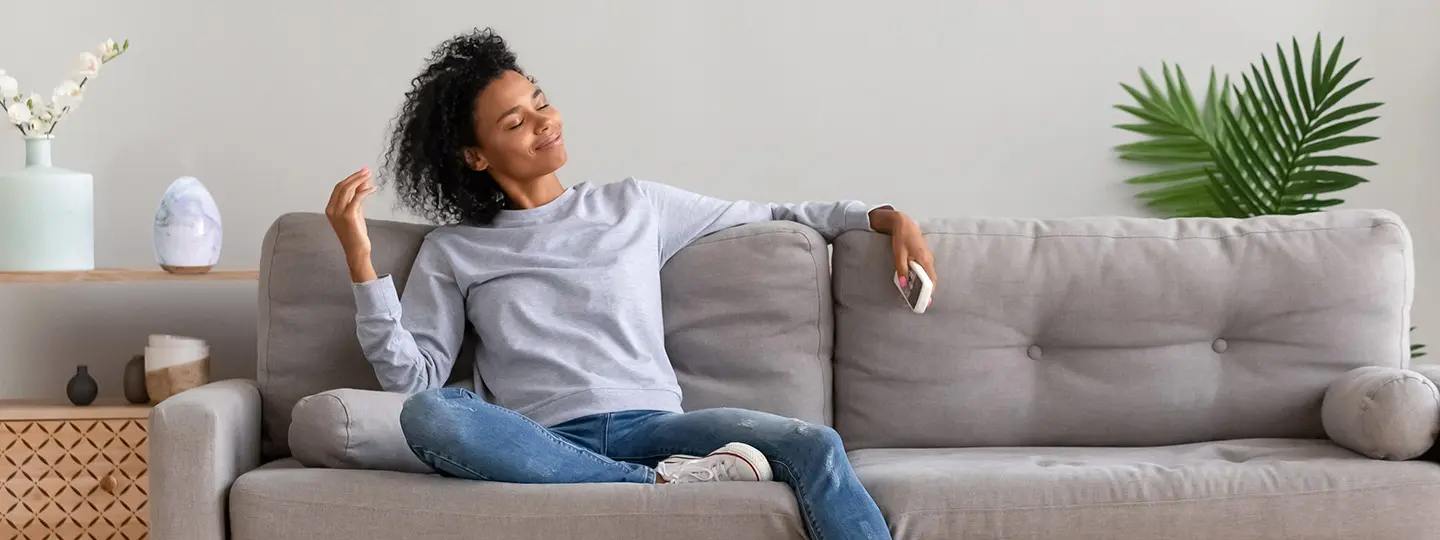Making Perfumes Using Essential Oils
The Art of Perfuming: Top, Middle and Base Notes
Making perfumes using essential oils is fun and easy once you get the hang of it. While one is free to improvise, there is an art to blending fragrances. Essential oils are classified, according to the musical scale, as top, middle and base notes. A “perfect” perfume consists of top, middle and base notes in a desired ratio. TOP NOTES (also called “head notes”) are immediately noticeable, but dissipate within minutes. They are typically used in air fresheners. Top notes make up 15% – 25% of the essential oil blend in a perfume. MIDDLE NOTES (also called “heart notes”) last longer and are detected 10 – 30 minutes after application, often after the top notes have dissipated. These soft and warm essential oils provide body and balance to the blend. Middle notes make up 30% – 40% of the essential oil blend. BASE NOTES (also called “bottom notes”) last the longest and can even linger for an entire day. Base notes are the final expressions of scent; they are foundational and grounding. Base notes make up 45% – 60% of the essential oil blend.
General Blending Instructions
First, add your chosen top, middle and base-note essential oils to your perfume container (ex., spray bottle or roll-on) based on your desired percentages and ratios (see below for important details). Next, for an oil-based perfume, fill the remainder of your container with any carrier oil (NOW Jojoba and liquid coconut oil are great choices). Alternatively, for an alcohol-based perfume, fill ¾ of the container (presumably a spray bottle) volume with a high percentage alcohol (ideally 95 -100% ethanol alcohol or 150 proof minimum) and ¼ with water. Allow the blend to sit for up to 48 hours as the scent will change over time.
Perfume dilutions
Commercially available scented products range in essential oil content from 2-4% in Eau De Cologne, 5-15% Eau De Toilette, 15-20% Eau De Parfum and 20-30% in Perfumes. These percentages exceed most general safety guidelines that recommend 2-3% topical dilutions for the body and around 1% for the face/neck. Some essential oils are only safe when diluted to percentages well below the amounts used in a typical perfume. Such essential oils can be found on the perfuming chart below, with a corresponding Maximum Safe Dilutions (MSD). MSD describes the maximum percentage dilution that can be used, in healthy adults, before risk of harm is reached. However, be aware that MSD is NOT a recommended percentage dilution. Recommended dilutions are typically much lower and based on intended use. Safe Dilutions (SD) are indicated for oils where MSD info is not available but SD’s have been confirmed.
An inexperienced perfumer may want to avoid topical application of essential oils, such as cinnamon, with very low MSDs. To find out how many drops to put into your particular bottle size for a desired percentage, NOW has an excellent chart and calculator: https://nowfoods.ca/diluting-essential-oils/. When creating perfumes with essential oils with no specified MSD, such as Lavender or Sweet Orange, you don’t need to be too concerned with the percentage dilution, provided they are still diluted according to the general norms of perfuming recipes. For general safety, avoid applying homemade perfumes to the face or neck and do a spot test for 24 hours. The wrists, inner elbows, back of the ears and knees are some great locations.
NOW® essential oils should never be ingested. For topical application always dilute essential oils with a carrier oil (e.g. jojoba, fractionated coconut, etc.) or an alcohol (e.g. vodka, etc.). Also, do a skin test before full application.
Please consult an essential oil book or other professional reference source for suggested dilution ratios. When in doubt, approve by a licensed practitioner before use. See more on essential oil safety and essential oil FAQ’s. https://nowfoods.ca/essential-oil-faqs/
Sample Recipes
Supplies for 10% Alcohol-Based Perfumes
- 100 mL Spray Bottle
- 75 mL Isopropyl alcohol
- 25 mL distilled water
- 200 drops of TOTAL essential oils (top/middle/ base notes) for a 10% dilution (do not exceed the MSD of any single essential oil)
ex. 100 drops Balsam Fir Needle for base notes; 20 drops helichrysum and 20 drops Geranium for middle notes; 10 drops Grapefruit and 10 drops Lavender for top notes = 200 drops. Note: Geranium and Grapefruit are well within their MSD.
Supplies for 10% Oil-Based Perfumes
- 10 mL Roll-On Bottle
- 9.5 mL Jojoba Oil (or other carrier oil)
- 20 drops of TOTAL essential oils (top/middle/base notes) for a 10% dilution (do not exceed the MSD of any single essential oil)
ex. 10 drops Patchouli for base notes; 6 drops Chamomile for middle notes; 4 drops Neroli for top notes.
DOWNLOAD the Perfuming Chart here.

